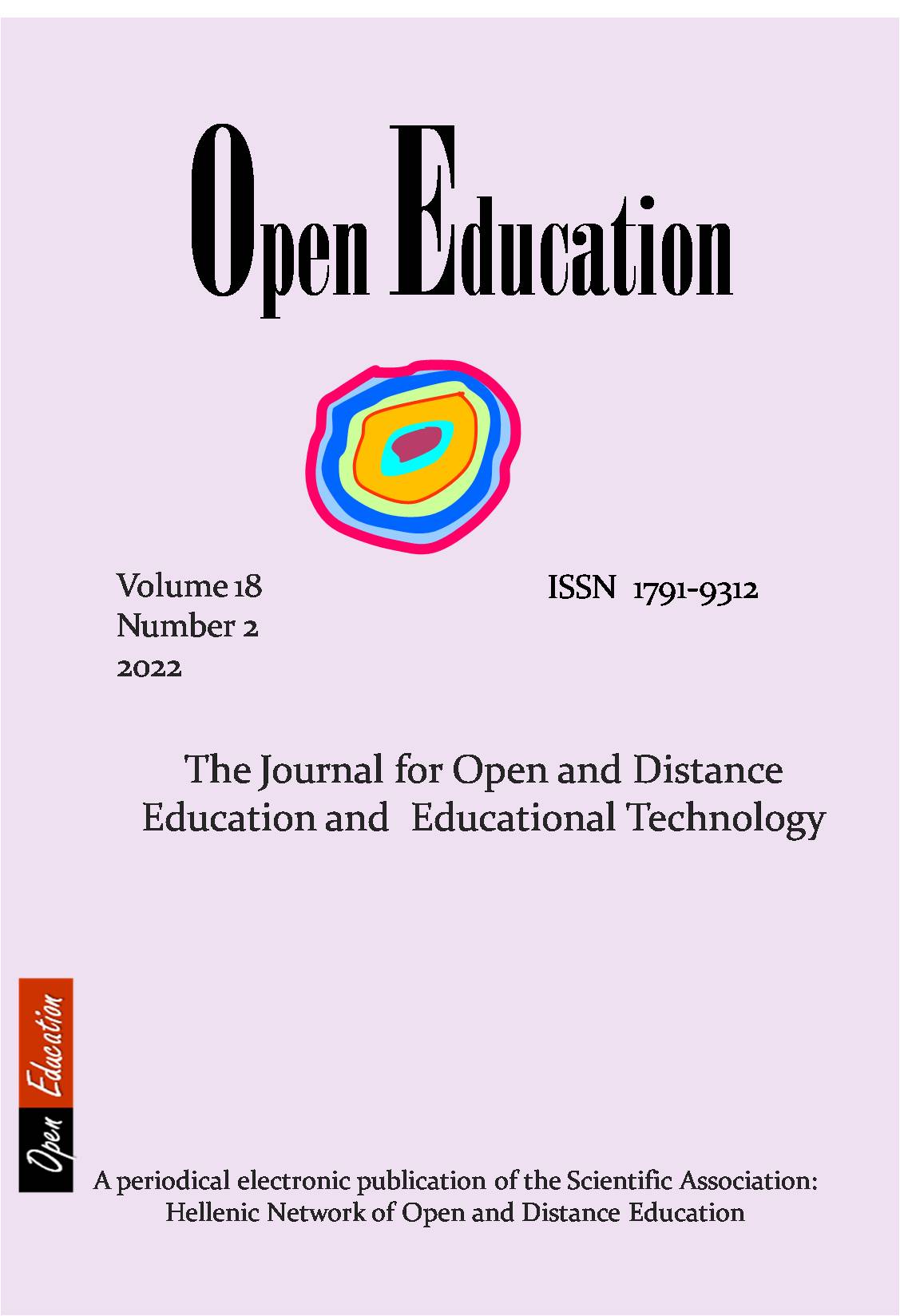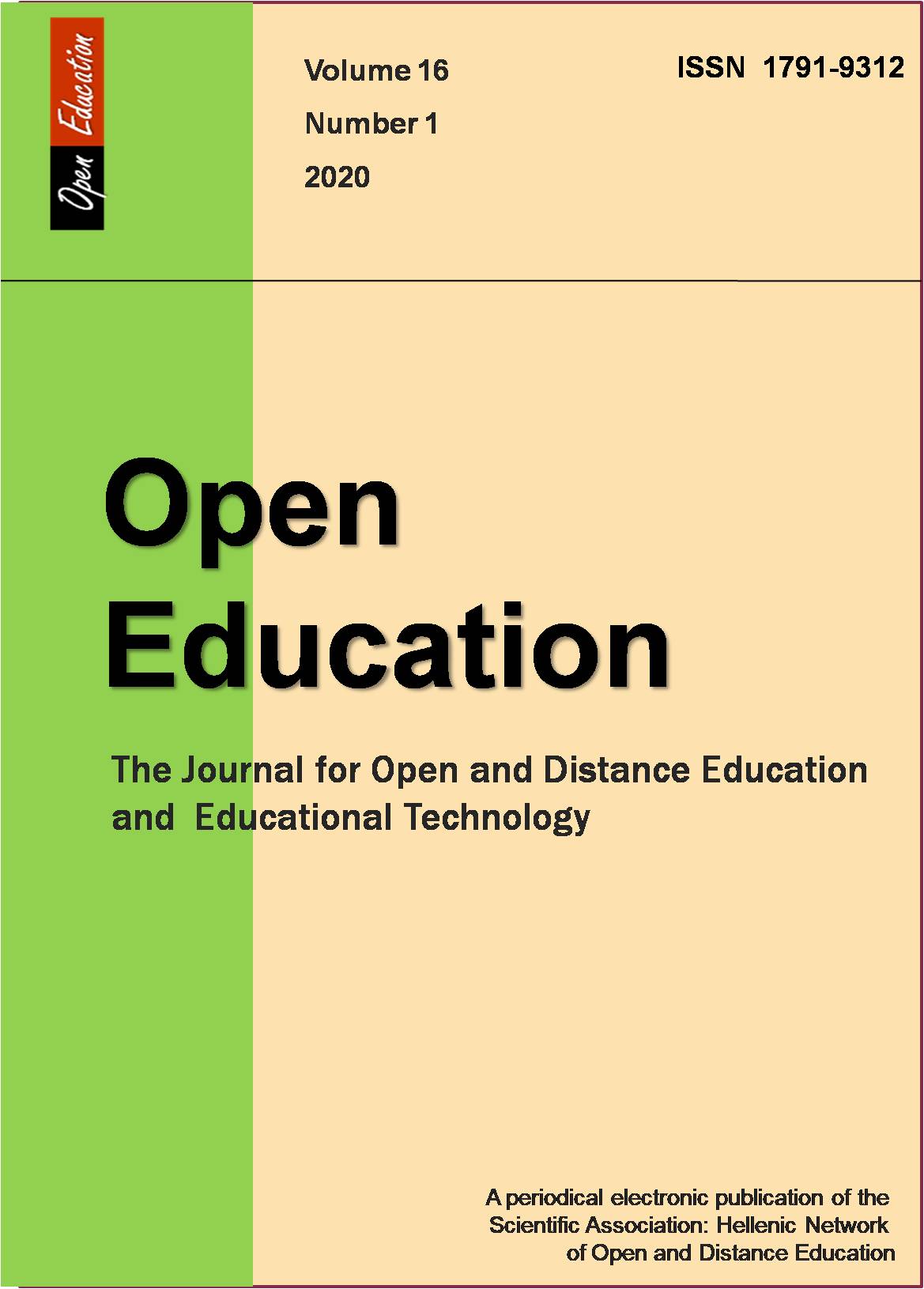Purposes for ICT usage and classroom activities in junior high schools: Evidence from teachers’ attitudes

Abstract
This paper investigated teachers’ attitudes-views regarding the purposes for ICT usage and classroom activities with ICT tools, in junior experimental high schools in Greece (students aged 12-15 years old). The participants were 56 teachers of different specializations and data were collected via an open-ended questionnaire. The major purposes reported include that these tools are attractive, they cause/increase students' interest and motivation, and the lessons become more enjoyable. Factors that affect when and how ICT will be used in classrooms mainly regard the time and resources availability and the number of students in class. A range of ICT tools-applications are used in different school subjects for the accomplishment of various learning activities such as information search, presentation of students’ work, discussions, communication, exercises and assessment. Implications include teacher professional development and elimination of obstacles for technology utilization (infrastructure, large number of students in class).
Article Details
- How to Cite
-
Νικολοπούλου Κ. (2022). Purposes for ICT usage and classroom activities in junior high schools: Evidence from teachers’ attitudes. Open Education: The Journal for Open and Distance Education and Educational Technology, 18(2), 34–47. https://doi.org/10.12681/jode.31047
- Section
- Section 1

This work is licensed under a Creative Commons Attribution-NonCommercial-ShareAlike 4.0 International License.
Copyright Notice
Authors who publish with this journal agree to the following terms:
Authors retain copyright and grant the journal right of first publication with the work simultaneously licensed under a Creative Commons Attribution Non-Commercial License that allows others to share the work with an acknowledgement of the work's authorship and initial publication in this journal.
Authors are able to enter into separate, additional contractual arrangements for the non-exclusive distribution of the journal's published version of the work (e.g. post it to an institutional repository or publish it in a book), with an acknowledgement of its initial publication in this journal.
Authors are permitted and encouraged to post their work online (preferably in institutional repositories or on their website) prior to and during the submission process, as it can lead to productive exchanges, as well as earlier and greater citation of published work.



